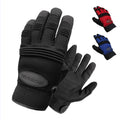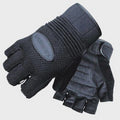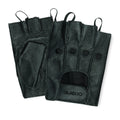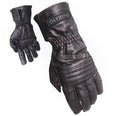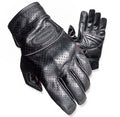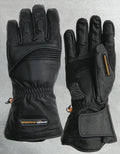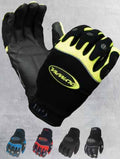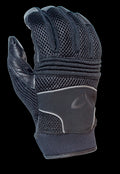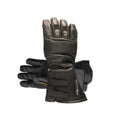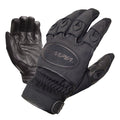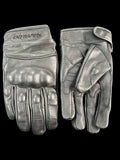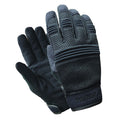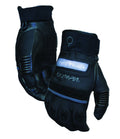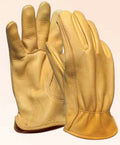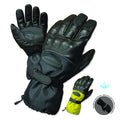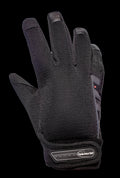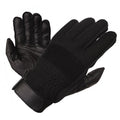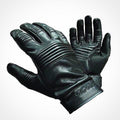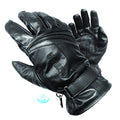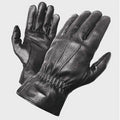Glove Manufacturer's Guide To Branding
Posted by ROGER HEUMANN
There is no disputing the importance of brand when it comes to consumer apparel. Think about 3 iconic brands, and how they make the wearer feel:
Each of these brands makes the wearer feel good, admired, confident. And in each case, there are many variations when it comes to physical execution.
What are our branding options when it comes to gloves?more
Emotional Branding vs. Physical Branding
Always start by thinking about your customer, your brand appeal and your goals.
Let’s compare 2 brands that you might see on gloves:
Your brand may be a mark that gives confidence, but one your customer prefers not to advertise. In that case, it can be displayed more discreetly, as with our Gore-tex example.
Or, your customer may may wear your brand to express something about themselves to the world … as our H-D tatoo image clearly demonstrates!
The emotional relationship your customer has to your brand impacts physical branding execution, and is a good starting place.
Glove Manufacturer Options for Physical Branding
Next, we turn to physical execution. There are many options — each communicates something important to the consumer, and has cost, timing and other considerations:
- Silicone – Brighter colors and better resolution. Soft hand
- Sublimation transfer – Multicolor and best resolution. Excellent reflective treatment.
- Rubber print – Not as vibrant as silicone but lower cost
Branding Options: How To Decide?
You as buyer already know your consumer’s emotional connection to your brand. When deciding on physical execution, ask yourself:
- Should your glove have a more discreet logo, or something more visible?
- Does a richer execution add value, or is an economical execution is more in keeping with the project?
- What is most important for the end user? What is the consumer is interested in? Even if just size and content, start here.
Both glove manufacturer and buyer must weave together the emotional characteristics of the brand with the physical … and let the consumer, as well as our cost sheet, be our guides.
TAGS:



